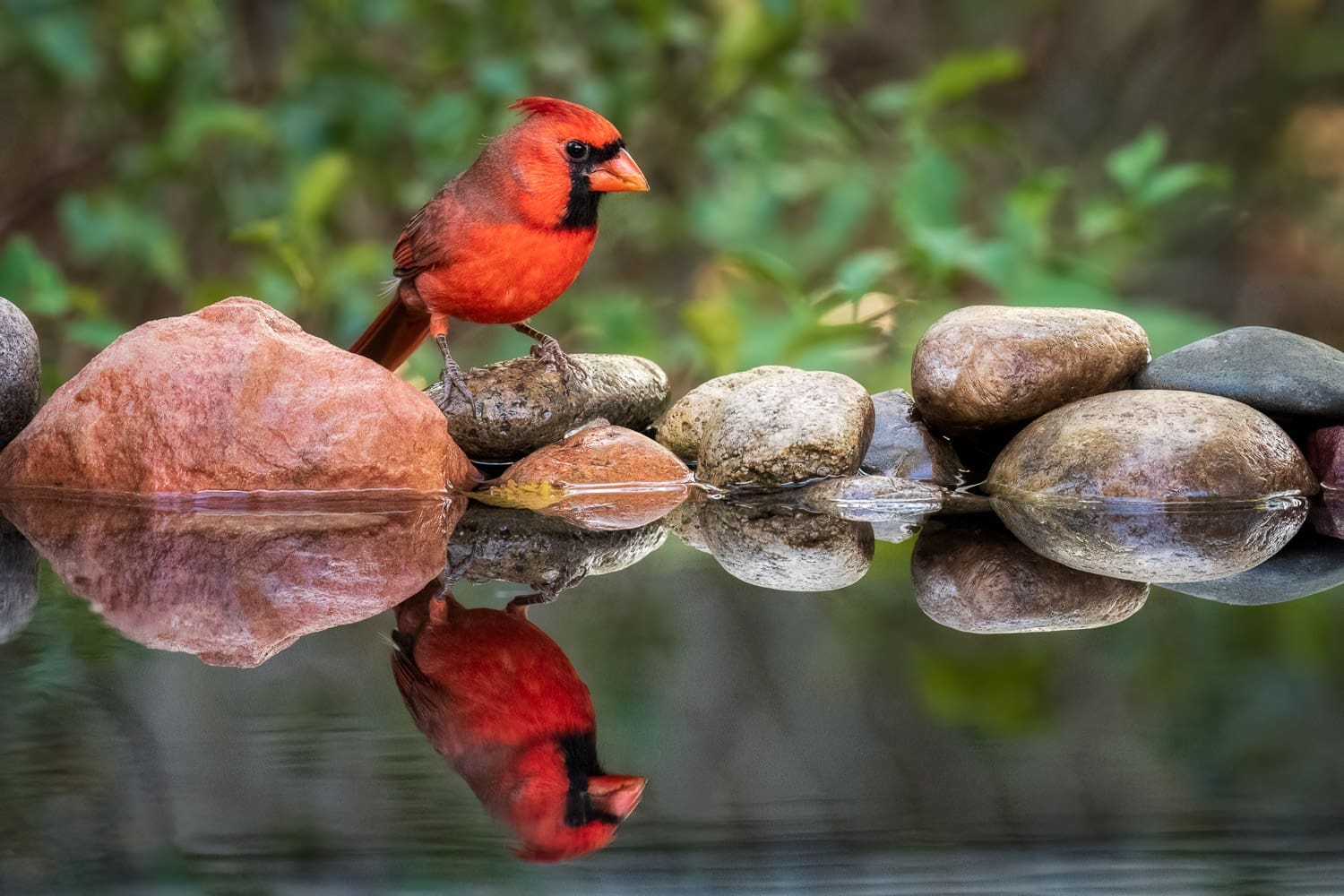This past weekend I had the chance to spend an evening out under the stars with my camera. For the past few years I’ve really been smitten with photographing the Milky Way, especially if I can incorporate some terrestrial elements in the scene. I sound like a broken record when I say things like this, but being out at night really is very peaceful (and so is being out at sunrise, sunset, middle of the afternoon, etc). I like looking up at the stars and wondering what might be out there looking back. I also like trying to grasp how old all the light from those stars is and how far it has travelled to reach my eyes (I know, I’m weird). It also helps keep things in perspective along the lines of Carl Sagan’s “Pale Blue Dot”
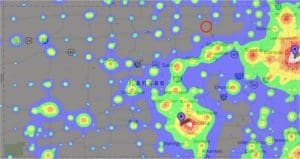
Of course you can see the night sky from anywhere, but if you want to see lots of stars you need to find some dark sky. And if you live in or near a city of any size you probably don’t have really dark sky. A great resource for finding dark sky is: http://www.jshine.net/astronomy/dark_sky/. You can see that Kansas has some nice pockets of dark sky, especially as you move to the west side of the state. I normally try and do my Milky Way photography in areas of grey on the Dark Sky maps. I’m normally shooting the Milky Way in the summer so I’m going to shoot facing south. That means I need a location that is dark, but also dark facing south. A great location close to my home is up in Marshall County. Nice dark skies with open areas of dark to the south (red circle on the screen capture above).
There are lots of different types of night sky photography that you can do, but for shooting the Milky Way, another source of light pollution besides city lights is the moon. I love photographing the full moon rising above the horizon, but when it comes to photographing the Milky Way, I want the moon out of the way, which means going out during the new moon. This past weekend was the peak of the full moon, but the moon didn’t rise until 11:30pm’ish. Sunset was at 7:46pm and astronomical twilight was 9:20 pm so I had plenty of time to try some Milky Way shots before the moon came up. So what the heck is astronomical twilight? It is the time defined as the time the sun is 18 degrees below the horizon and is no longer contribute any light to the sky. A great resource for finding the time of astronomical twilight is (and sunset, sunrise, and other twilight times, yes there is more than 1): http://www.sunrisesunset.com/
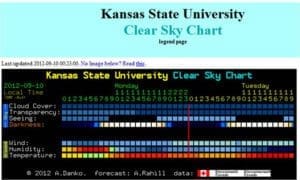
So you found dark sky and waited for the new moon, now you need some clear skies. A good resource for checking on night sky observing conditions is the Clear Sky Chart .
This website will show you predictions for cloud cover, transparency, and ‘seeing’ conditions. Obviously you need clear skies if you want to see stars, but transparency and seeing conditions will also give you an idea of the quality of the clear skies. How do you know where to look for ‘stuff’ in the night sky? There are lots of software programs that will help you locate objects in the night sky. One I use is Stellarium (http://www.stellarium.org/), though there are several options out there to choose from.
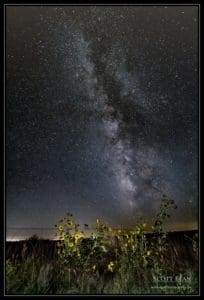
So I’ve got a time period with the moon out of the way, clear skies forecast and a location with some dark skies. Now it is time to head out and find an interesting landscape to photograph with the Milky Way. I like to find trees with interesting shapes, roads, fences, wildflowers etc to place in my photographs of the Milky Way. I went out this past weekend hoping to photograph some wild sunflowers under the night sky. Conditions worked out great, a still night, some sunflowers right along the road side. Beautiful. I even saw a couple of shooting stars. And I got to spend some time with my Dad. And I got to stare at the stars. And for awhile the overall active worries in my head were a bit quieter. Sweet!

After shooting the sunflowers and the Milky Way for awhile Dad and I packed up our gear and headed back to town. On our way we drove by a really interesting dead tree. We had to stop and shoot the Milky Way with this tree in the foreground. I almost didn’t stop and shoot this tree, might not have if it wasn’t for my Dad wanting to photograph it. Good thing we did though, because I liked this photo better than the sunflower ones I made earlier in the evening. Always listen to your Dad!
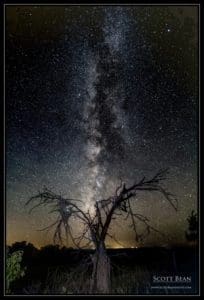
I highly recommend spending some time out under the night sky. If you can get to some dark skies even better. It won’t be time wasted.

